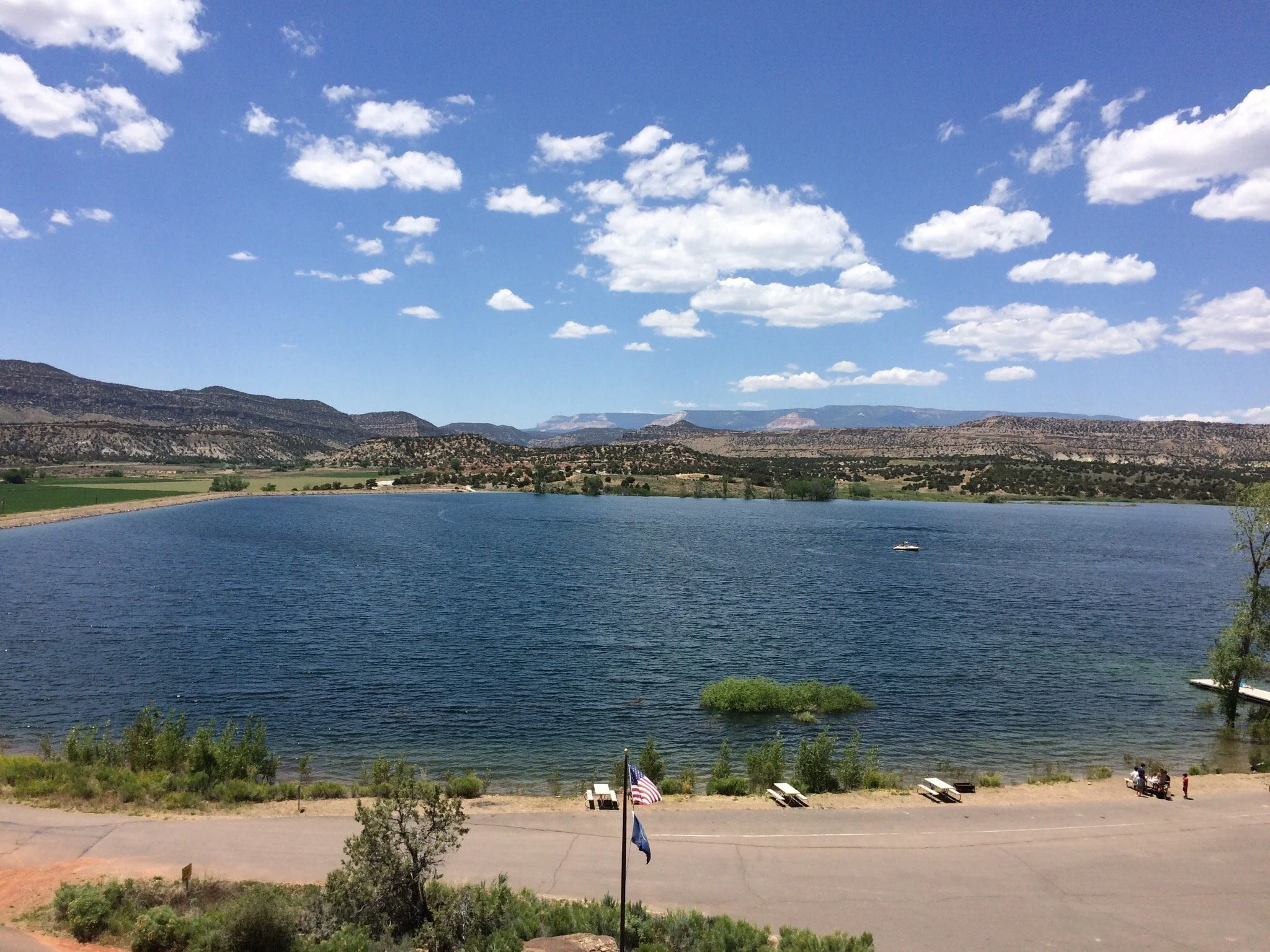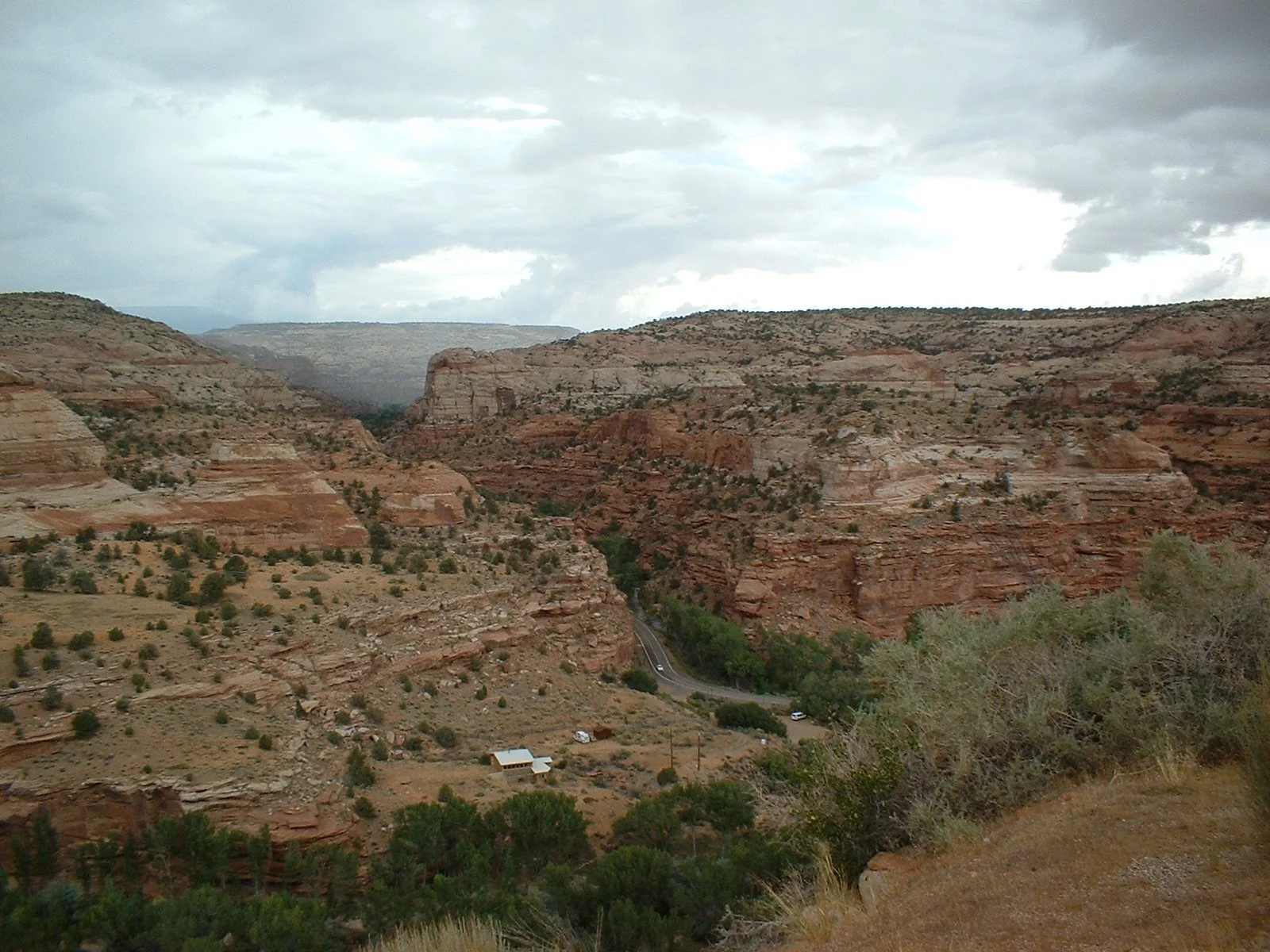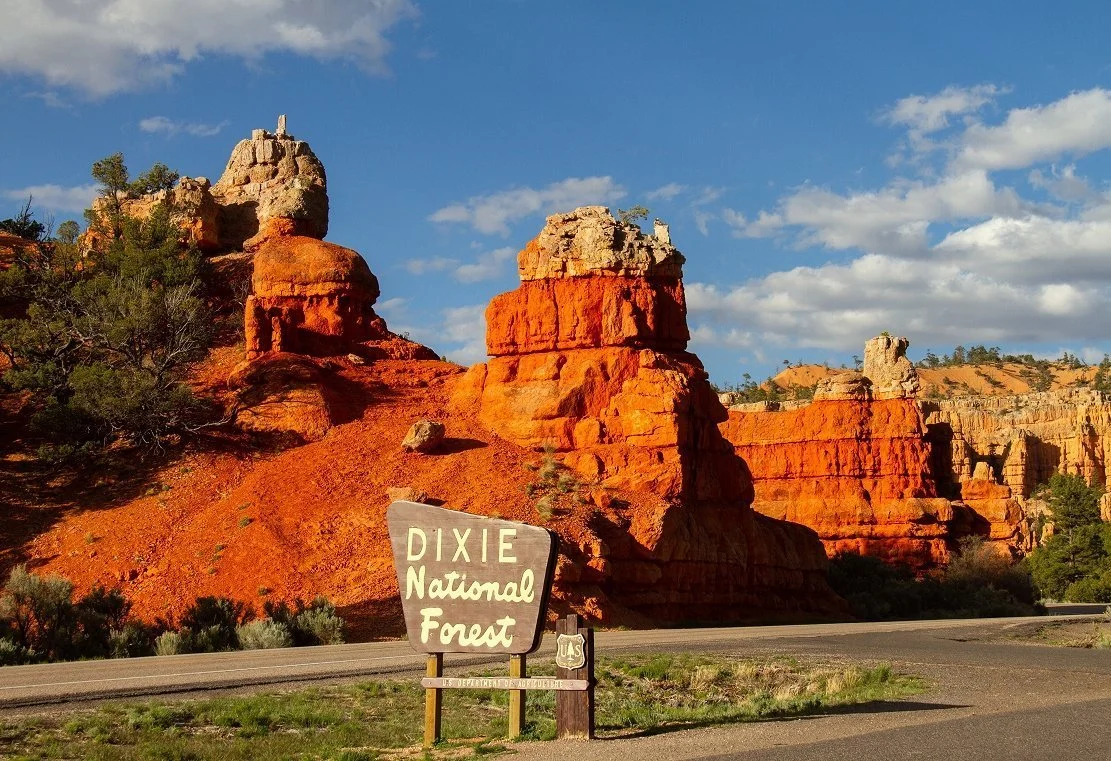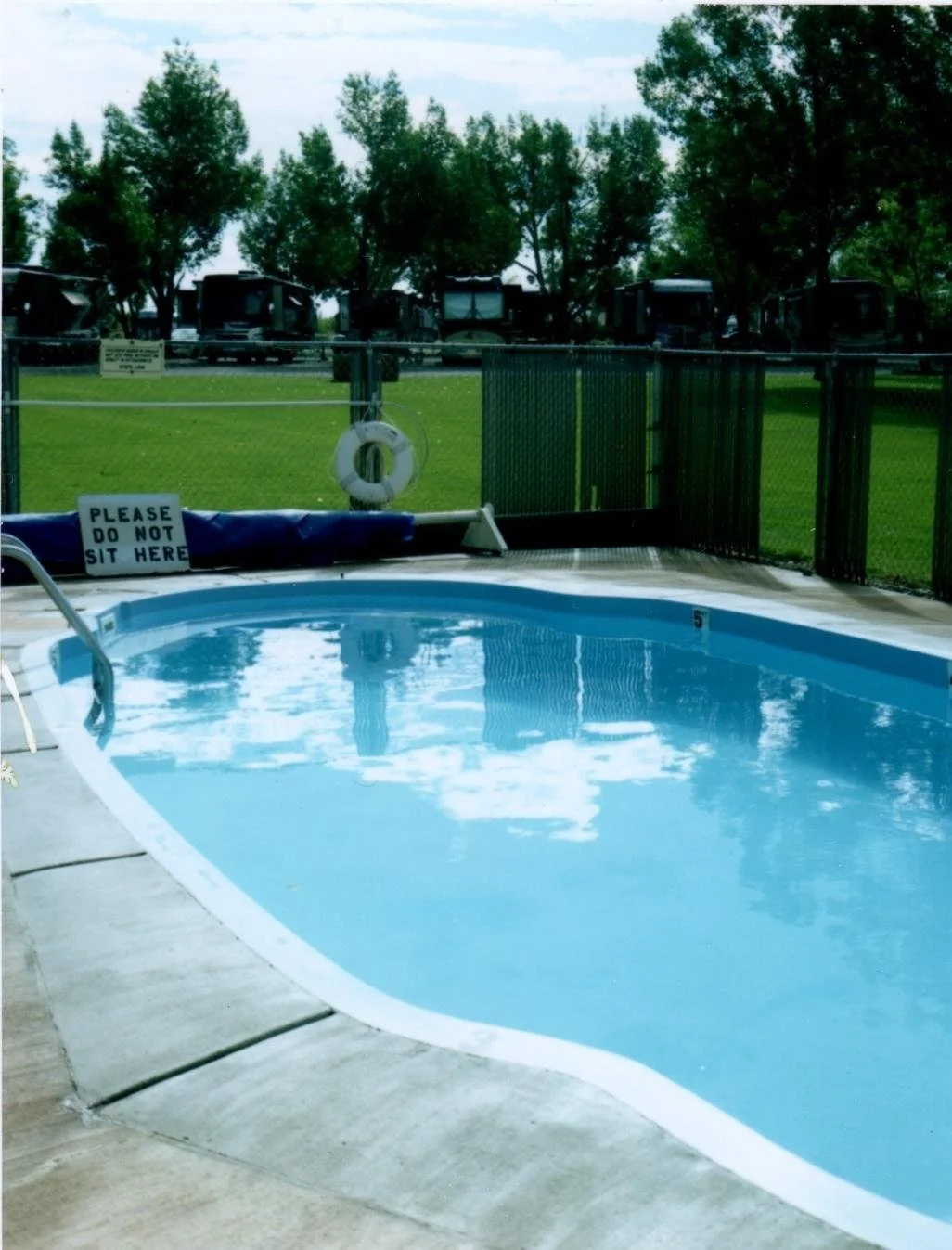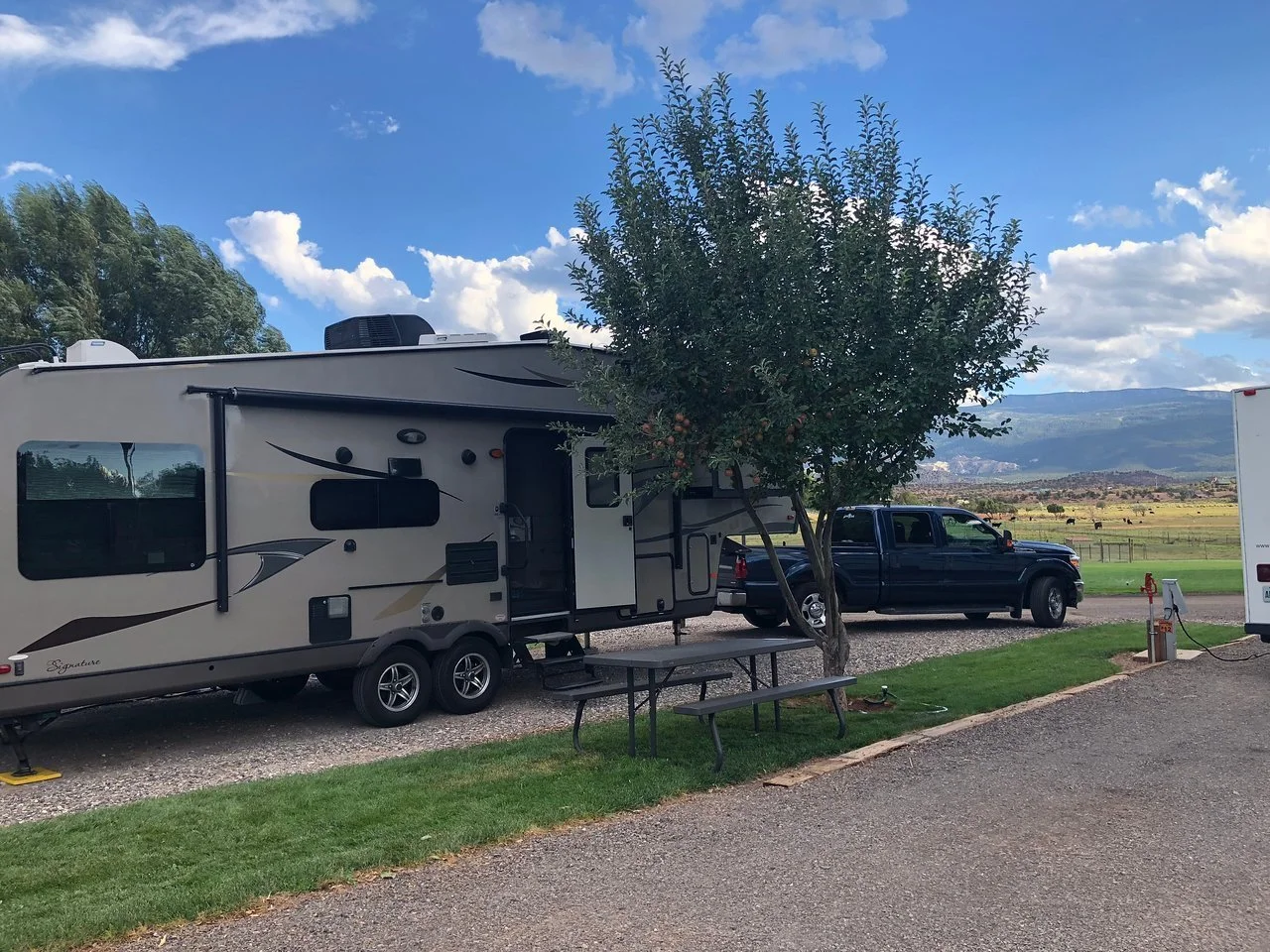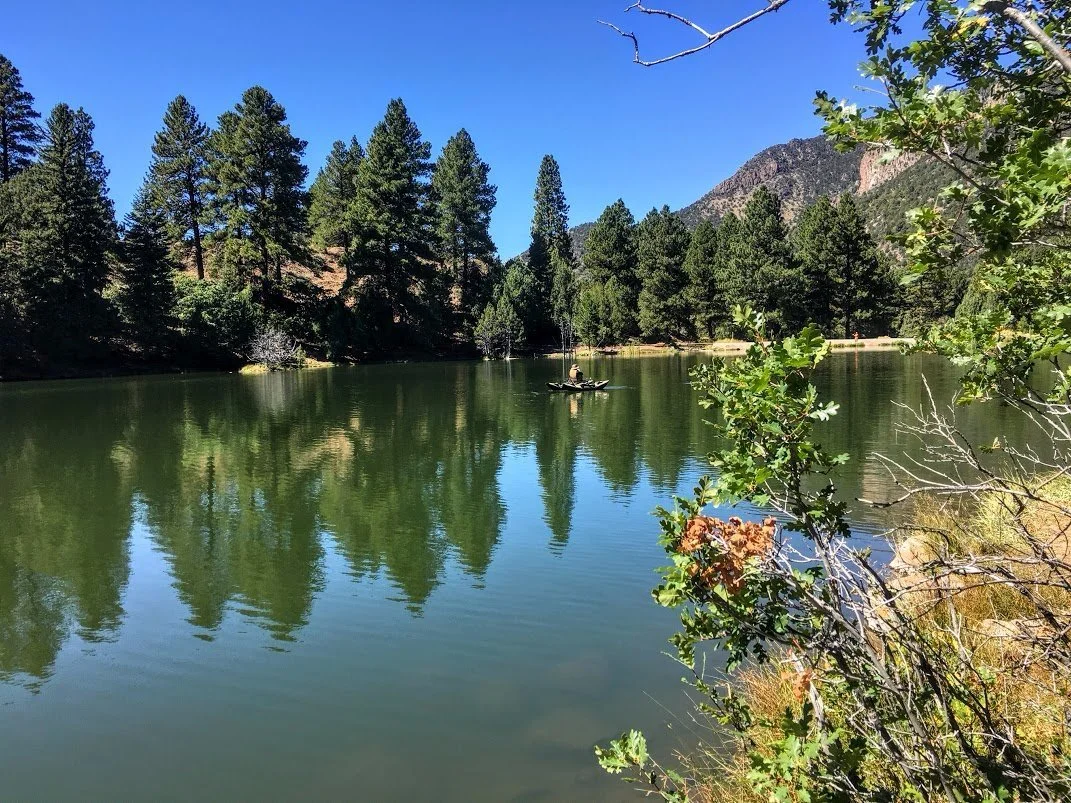Camping Near Capitol Reef National Park
Bask in the Warmth of Ancient Rock Layers: Uncover Capitol Reef's Geologic Wonderland
CampChimp is better in the app
Find Available Camping
The 5 best campgrounds near Capitol Reef National Park, UT
-

Fruita Campground
 Capitol Reef National Park, UT
Capitol Reef National Park, UT


Fruita Campground offers stunning views of the park's iconic rock formations and easy access to hiking trails.
-

Cathedral Valley
 Capitol Reef National Park, UT
Capitol Reef National Park, UT


This remote campground provides a serene and secluded experience in the heart of Cathedral Valley's stunning landscapes.
-

Goblin Valley State Park
 Green River, UT
Green River, UT


This unique campground offers easy access to the park's iconic hoodoo rock formations and stunning desert landscapes.
-

Kodachrome Basin State Park
 Cannonville, UT
Cannonville, UT


Surrounded by vibrant red rock formations and offering stunning views this campground is a true desert oasis.
-
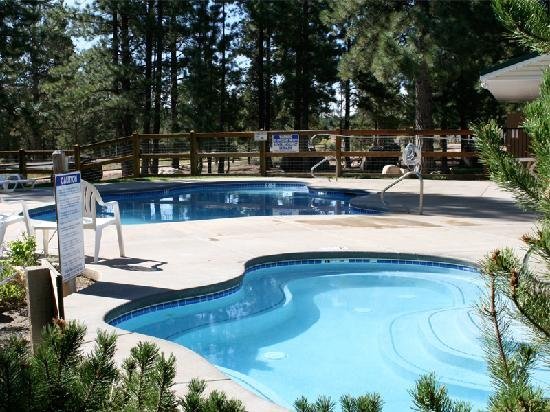
Ruby's Inn Campground and RV Park
 Bryce, UT
Bryce, UT


With spacious campsites and stunning views of the nearby cliffs this campground offers a peaceful camping experience.
The 5 hardest-to-book campgrounds near Capitol Reef National Park, UT
The 5 best campgrounds for RV camping near Capitol Reef National Park, UT
The 5 best campgrounds for tent camping near Capitol Reef National Park, UT
The best camping near Capitol Reef National Park guide
About
Discover the extraordinary landscape of Capitol Reef National Park, a magnificent jewel among Utah's renowned "Mighty Five" national parks. The park's defining feature, the extraordinary Waterpocket Fold, stretches an incredible 100 miles as a remarkable geological phenomenon where the Earth's surface has buckled dramatically. Visitors can experience this natural wonder through an array of activities - whether driving the scenic routes, embarking on hiking expeditions, tackling technical climbs, exploring narrow canyons, or cycling the terrain. The National Park Service maintains several camping options: a well-equipped developed campground, two rustic primitive sites, and extensive backcountry camping opportunities. Beyond the park boundaries, adventurous campers can explore diverse accommodations on Bureau of Land Management territory, within national forest lands, or at fully-equipped private camping facilities throughout the surrounding area.
- Best for RVers: Despite lacking full hookups, Fruita Campground provides essential RV amenities including convenient access to a dump station and fresh water facilities.
- Best for free camping: Experience primitive camping at its finest at Cedar Mesa Campground and Cathedral Valley Campground - both locations offer basic amenities including pit toilets, convenient picnic areas, and designated fire pits, though visitors should bring their own water supply.
- Best for solitude: For the ultimate wilderness experience, secure your complimentary backcountry permit and venture into the remote wilderness to discover your perfect camping spot away from civilization.
- During peak season (March 1-October 31), advance reservations are essential for Fruita Campground as it consistently reaches maximum capacity.
- Secure your Fruita Campground spot by planning ahead - reservation windows open exactly 6 months before your intended stay.
- While Fruita Campground operates throughout all seasons, during off-peak months sites are allocated on a first-come-first-served basis.
- All Fruita Campground bookings must be made through the official Recreation.gov platform.
- The primitive camping areas operate strictly on a first-come basis with no advance booking system.
- Additional camping opportunities abound in the surrounding region, including dispersed sites within Grand Staircase-Escalante National Monument, Goblin Valley State Park, and Fishlake National Forest, plus numerous BLM-managed territories.
The climate in this region of Utah presents distinct seasonal characteristics. Summer brings intense daytime heat necessitating robust sun protection and abundant water supplies, with temperatures frequently exceeding 90 degrees Fahrenheit during June through August, though evenings offer welcome relief with significantly cooler conditions. The shoulder seasons of spring and fall deliver ideal temperatures for outdoor activities, paired with crisp nighttime conditions. Winter visitors should prepare for cold daytime temperatures and below-freezing nights, though hiking remains possible on many clear days. The area's minimal light pollution creates exceptional opportunities for astronomical observation throughout most of the year, making nighttime stargazing a must-do activity.
- Modern bathroom facilities featuring flush toilets can be found at both the Fruita Campground and visitor center locations.
- None of the National Park Service campgrounds within the park boundaries provide shower facilities.
- Accessing the primitive campgrounds may require vehicles with enhanced ground clearance - contact park staff to verify current road accessibility.
- Comprehensive RV services including full hookups are available at commercial campgrounds in the neighboring communities of Torrey and Caineville.
- The park's strategic location places it approximately two hours from several other iconic destinations including Bryce Canyon National Park, Canyonlands National Park, and Arches National Park.


